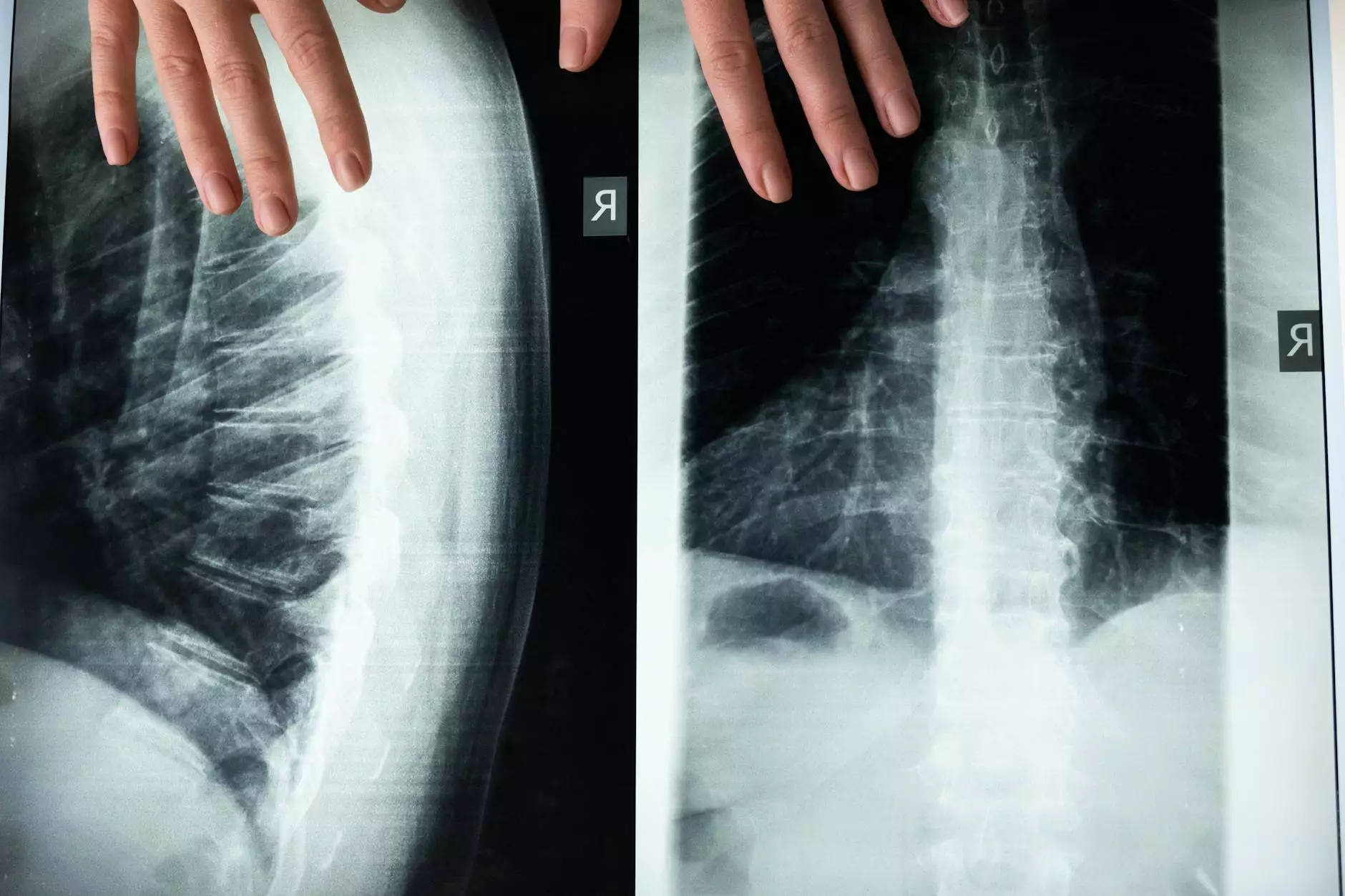Why Can You Crack Different Body Parts?
Relaxation Tips
As an esteemed provider of healthcare information and services, A+ Healthcare aims to educate and help individuals understand their bodies better. In this article, we explore the intriguing topic of why different body parts crack and what significance it holds for your overall health.
Understanding Joint Cracking
Joint cracking refers to the audible sound that occurs when pressure is applied to a joint, resulting in the release of gas bubbles. The exact mechanism behind this phenomenon has been the subject of extensive research and study. While there are several theories, the most widely accepted explanation is the "cavitation theory."
Cavitation Theory
The cavitation theory suggests that joint cracking occurs when the synovial fluid within the joint space rapidly forms and collapses tiny gas-filled bubbles. When pressure is applied to the joint, the joint capsule stretches, creating negative pressure. This decrease in pressure allows gas bubbles to form and release, resulting in the characteristic cracking sound.
Common Body Parts that Crack
Now that we have a basic understanding of joint cracking, let's explore some common body parts where cracking is frequently experienced:
1. Knuckles
Knuckle cracking is a common habit that many people engage in. It involves applying pressure on the knuckles until a cracking sound is produced. While knuckle cracking might provide temporary relief or a satisfying sensation, it has been a topic of debate among healthcare professionals. Some studies suggest that repetitive knuckle cracking may lead to joint damage and decreased grip strength, while others disagree. Further research is needed to draw conclusive evidence.
2. Back and Spine
Cracking sounds in the back and spine are often associated with spinal manipulation techniques performed by chiropractors. These methods aim to restore proper alignment and alleviate pain. However, cracking your own back or spine without professional guidance may not have the same benefits and can potentially lead to injury. It is always recommended to seek the assistance of a qualified healthcare provider.
3. Neck
Neck cracking, also known as cervical manipulation, is another common practice. Some individuals find relief from tension and stiffness by performing gentle neck stretches that result in cracking sounds. However, similar to back cracking, it is crucial to exercise caution and avoid excessive force or manipulation without professional guidance to prevent any potential harm.
4. Knees
Cracking sounds in the knees are often a result of joint movement, such as squatting or bending. These sounds are generally harmless and do not require immediate medical attention. However, if you experience pain, swelling, or instability along with knee cracking, it is advisable to consult a healthcare professional for a proper diagnosis and treatment plan.
When Should You Be Concerned?
In most cases, joint cracking is harmless and does not indicate any underlying health issues. However, if you experience persistent pain, swelling, decreased range of motion, or joint instability, it is essential to consult a healthcare professional for an accurate diagnosis and appropriate management.
Conclusion
Joint cracking is a fascinating yet common phenomenon that occurs in various body parts. While the exact reasons behind joint cracking remain a subject of ongoing research, it is generally considered harmless. However, it is important to exercise caution and seek professional advice if you have any concerns or accompanying symptoms. At A+ Healthcare, we prioritize your well-being and strive to provide reliable information to help you make informed decisions about your health.









